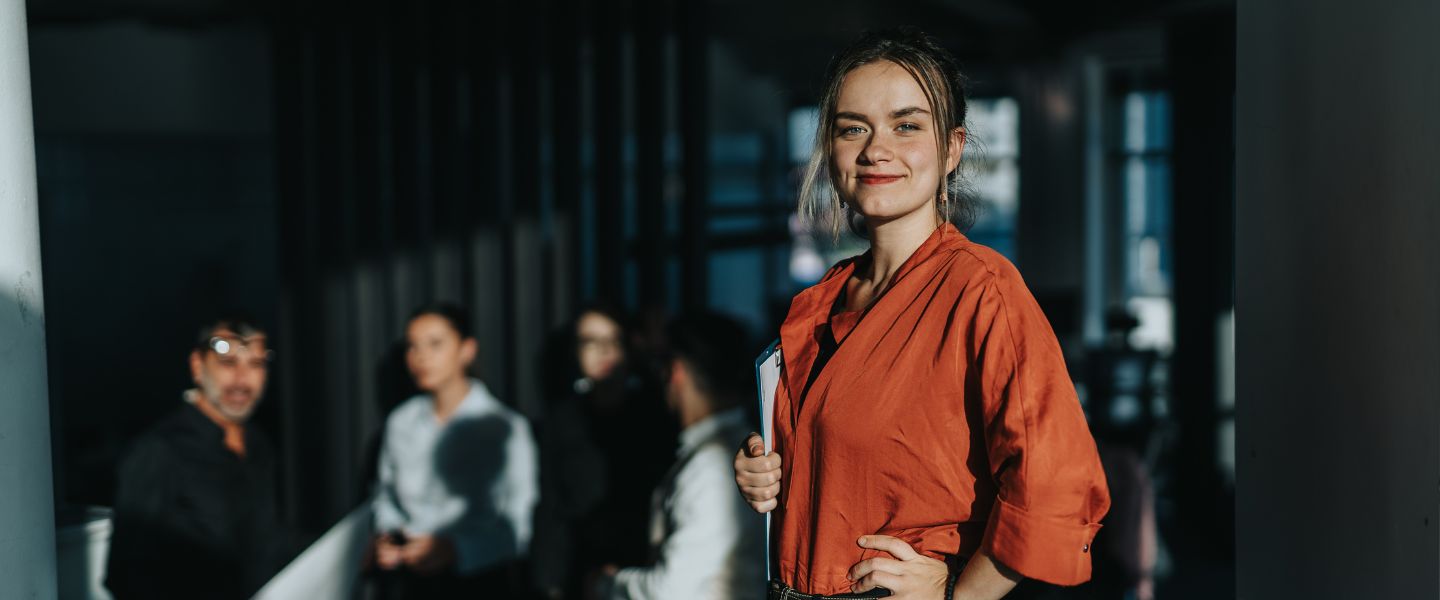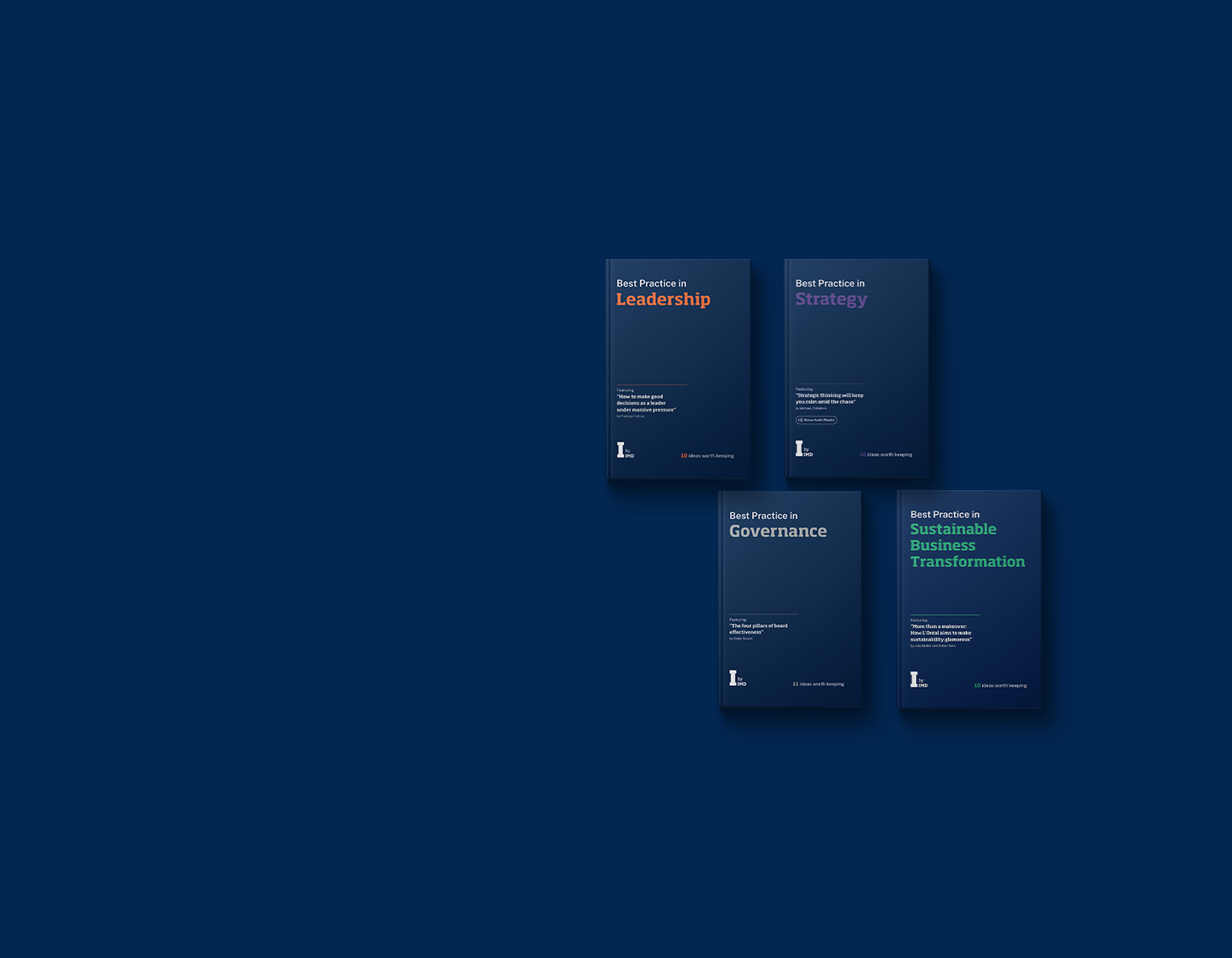Royal FrieslandCampina: A moo-ger of equals (C)
In December 2007, two diary cooperatives – Campina and Royal Friesland Foods – based in The Netherlands decided to merge. The cooperatives both owned operating companies that were responsible for buying the milk of their members and transforming it into value-added dairy-based products. Despite their common Dutch origins, their operating companies – Campina BV and Royal Friesland Foods BV – had very different cultures. Cees ‘t Hart was appointed the CEO of the newly merged company and given ambitious cost cutting and growth targets. He faced a difficult economic climate and a changing landscape for the European-based dairy industry. ‘t Hart realized that to reach his targets, the merged company had to build a common culture. Yet he knew that the cultures of the founding companies were much different. How could he create a culture based on the best the two companies brought to the table?
- Culture change
- Post-merger integration
- Leadership
2007-2013
Cranfield University
Wharley End Beds MK43 0JR, UK
Tel +44 (0)1234 750903
Email [email protected]
Harvard Business School Publishing
60 Harvard Way, Boston MA 02163, USA
Tel (800) 545-7685 Tel (617)-783-7600
Fax (617) 783-7666
Email [email protected]
NUCB Business School
1-3-1 Nishiki Naka
Nagoya Aichi, Japan 460-0003
Tel +81 52 20 38 111
Email [email protected]
IMD retains all proprietary interests in its case studies and notes. Without prior written permission, IMD cases and notes may not be reproduced, used, translated, included in books or other publications, distributed in any form or by any means, stored in a database or in other retrieval systems. For additional copyright information related to case studies, please contact Case Services.
Research Information & Knowledge Hub for additional information on IMD publications
Academic institutions face unprecedented complexity from technological change, evolving funding models, diverse stakeholder demands and pressure to demonstrate societal impact. Traditional strategic planning – periodic exercises that typically yie...
Research Information & Knowledge Hub for additional information on IMD publications
Research Information & Knowledge Hub for additional information on IMD publications
in I by IMD
Research Information & Knowledge Hub for additional information on IMD publications
in I by IMD
Research Information & Knowledge Hub for additional information on IMD publications
Research Information & Knowledge Hub for additional information on IMD publications
Research Information & Knowledge Hub for additional information on IMD publications
Research Information & Knowledge Hub for additional information on IMD publications
in I by IMD
Research Information & Knowledge Hub for additional information on IMD publications
Research Information & Knowledge Hub for additional information on IMD publications
in I by IMD
Research Information & Knowledge Hub for additional information on IMD publications










